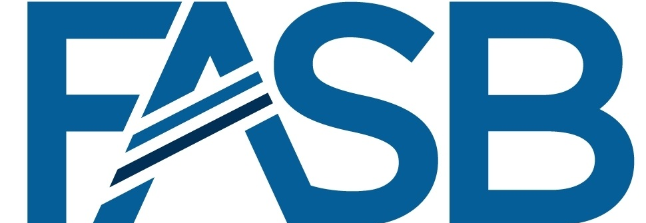Biggest Improvement of Financial Reporting Guidance in Two Decades for Not-for-Profit Entities
 On August 18, 2016, the FASB issued a final ASU 2016-14, Not-for-Profit Entities (Topic 958), Presentation of Financial Statements of Not-for-Profit Entities, to improve financial reporting guidance for not-for-profit entities (NFPs). The existing financial reporting guidance was established in 1993 when the FASB issued the Statement of Financial Accounting Standards (AFAS) No. 117, Financial Statements of Not-for-Profit Organizations. Although the FASB noted the current guidance is sound, it could be improved to make the NFP financial statements easier to read as well as provide more useful information to donors, grantors, creditors, and other report users.
On August 18, 2016, the FASB issued a final ASU 2016-14, Not-for-Profit Entities (Topic 958), Presentation of Financial Statements of Not-for-Profit Entities, to improve financial reporting guidance for not-for-profit entities (NFPs). The existing financial reporting guidance was established in 1993 when the FASB issued the Statement of Financial Accounting Standards (AFAS) No. 117, Financial Statements of Not-for-Profit Organizations. Although the FASB noted the current guidance is sound, it could be improved to make the NFP financial statements easier to read as well as provide more useful information to donors, grantors, creditors, and other report users.
What are the Main Provisions?
The new financial reporting guidance aims to address the issues in the following four main areas:
- Net Asset Classes – change from 3 classes to 2, enhanced endowment disclosures, other changes
- Liquidity and availability of resources – new disclosure requirements
- Expense and investment return – disclose expenses by natural and functional classification as well as the cost allocation methods
- Presentation of operating cash flows – indirect method allowed
AAF previously sent an update in February, 2016 with the FASB’s decisions. The main provisions of the ASU 2016-14 can be found in the following blogs:
- AAFCPAs’ Update on Decisions Reached at the FASB’s December 2015 Meeting
- AAFCPAs’ Update on Decisions Reached at the FASB’s February 2016 Meeting
- FASB’s Technical Agenda for NFP Financial Statements Project Organized in Two Phases
- FASB Decisions Regarding NFP Financial Statements Project from March 2 Meeting
- Nonprofit Financial Statement Project/ASU Update – FASB Announces Transition Method and Effective Date
What should you do next?
- Assessing the impact of the new standards – the ASU 2016-14 will be effective for calendar year 2018 (FY 2018 – 19) and early adoption is permitted. Nonprofits should gain a proper understanding of the new standards and identify any critical changes/impacts to their organizations. When determining the critical impacts, NFPs should keep in mind what important information your report users want to see. There are a lot of external resources available to help Not-for-profit organizations with learning the new reporting standards, including FASB Webcast and AAFCPAs will be hosting a webinar on this topic in the fall.
- Consider the timeline for the transition process – it can be overwhelming for nonprofit organizations to implement this new reporting standard along with the new revenue recognition and leases standards. NFPs should carefully choose the transition methods and early adoption options among these new standards. An implementation schedule should be developed to help allocate the entity’s resources.
- Reviewing and updating accounting policies – The entity’s accounting policies and procedures should be reviewed and updated to reflect any changes, including processing information and producing financial reporting in line with the new reporting standard.
If you have any additional questions about how the new ASU will impact you, please contact your AAFCPA partner, or Matt Hutt, CPA, CGMA, at 774.512.4043, mhutt@nullaafcpa.com.

